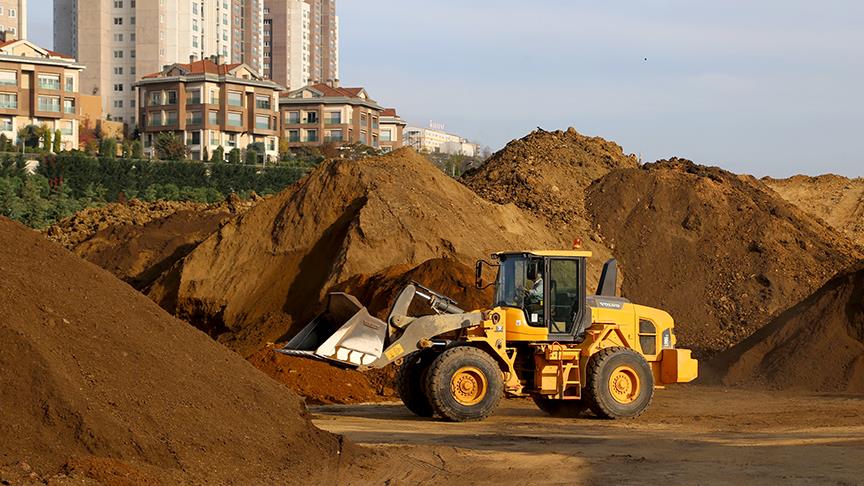Excavation can be carried out in different ways. Manual excavation refers to excavation done by digging with shovels, while machine excavation involves the use of machinery such as excavators and backhoes. Although nowadays machinery is commonly used for excavation, a few decades ago things were different.
For instance, in 2015, I had a construction project on an adjacent plot of land and there was a building from the 90s nearby. While excavating, I encountered a large rock. Interestingly, the rock extended beneath the adjacent building. Even more interesting was that our neighbors, who were manually excavating at that time, couldn't deal with the rock, so they built the building on top of it, without proper foundation.
Another example takes us back to 2012. We needed to quote a price for a project involving the construction of the entire sewerage system of a town. Before providing a quote, we toured the town street by street with an excavator. Locals mentioned that in some areas the ground was very rocky, making it challenging to lay the sewerage line. If they were right, we would need to use a breaker, and if a breaker was used in an excavation job, it meant that the job was starting to lose money.
As we toured with the excavator, we dug test pits like moles in the areas where the sewerage line would pass through, and we didn't encounter ground as hard as they had described. Then, as we turned a corner, we encountered an elderly man. When we asked him about the hardness of the ground in the area, he began to explain:
"Oh, this ground is very hard. Look, when we built this building in the 70s, we wet the ground first and then dug with shovels for a full three days..."
In summary, while constructing miles of sewerage lines, we only encountered a few local areas where we needed to work with a breaker due to the hard ground.

